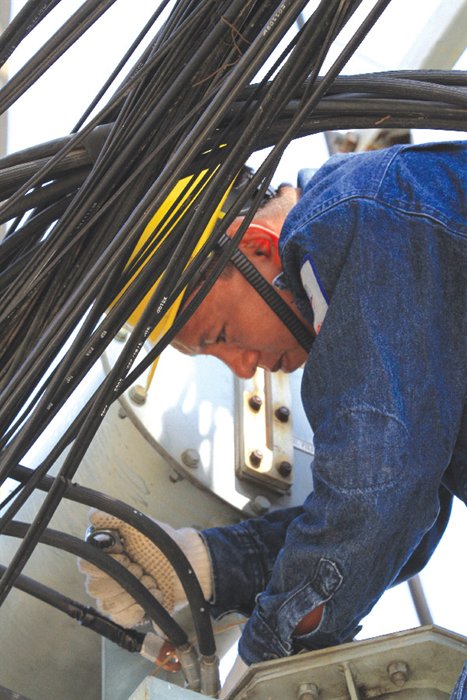[ad_1]

The electricity outages may come back
The Ministry of Industry and Trade (MOIT), for the first time in the last six years, has warned about electricity shortages.
At a meeting with Communist Party’s Secretary General Nguyen Phu Trong on July 11, MOIT’s Deputy Minister Hoang Quoc Vuong said Vietnam may face an electricity shortage in five to seven years. Thus, building more power plants is a must.
The biggest hindrance in developing power plants, according to Vuong, does not lie in the lack of capital, but in environmental problems.
“Provincial authorities rejected coal-fired thermopower plants in their localities. Vietnam doesn’t intend to continue developing hydropower as the plants cause floods. But it still cannot develop renewable power rapidly because of high production costs,” he said.
A senior executive of the Electricity of Vietnam (EVN) confirmed that it is difficult to find locations for coal-fired thermopower projects. “Local authorities all say ‘no’ to thermal power,” he said.
|
Vietnam now has 22 coal-fired thermopower plants with total designed capacity of 13,000 MW. Under the seventh national power development plan, the total thermopower capacity would double by 2020 and increase by four times to 55,300 MW. |
Vietnam now has 22 coal-fired thermopower plants with total designed capacity of 13,000 MW. Under the seventh national power development plan, the total thermopower capacity would double by 2020 and increase by four times to 55,300 MW.
It is foreseeable that the target set for 2020 would be unattainable, and it is highly possible that Vietnam would fail to reach the target set for 2030.
Meanwhile, MOIT is still fumbling for solutions which both allow it to expand power generation sources and not develop power sources which may cause environmental risks.
With the total capacity of 13,000 MW, existing coal-fired plants consume 45 million tons of coal and emit 17 million tons of slag and ash each year.
If the coal-fired power capacity increases by 2-4 times, the volume of ash and slag to be discharged would be even higher. Experts estimated that Vietnam needs 28,000 hectares of land by 2030 to use as a dumping ground of ash and slag from coal-fired power plants.
Meanwhile, the development of renewable power has only made little progress. Vietnam hopes it will have 800 MW of wind power by 2020 and 6,000 MW by 2030. However, to date, it has only 197 MW.
According to Ma Khai Hien from Enerteam, the current electricity price is not high enough to encourage investors to build renewable power plants.
The price of 7.8 US cents for wind power and 9.3 US cents for solar power which EVN pays cannot attract investors, though the investment rate in renewable power has dropped by 40 percent.
RELATED NEWS
Coal-fired power plants’ slag and ash cannot find outlets
Vietnam could generate all power via renewable energy by 2050: report
Manh Hai
[ad_2]
Source link
